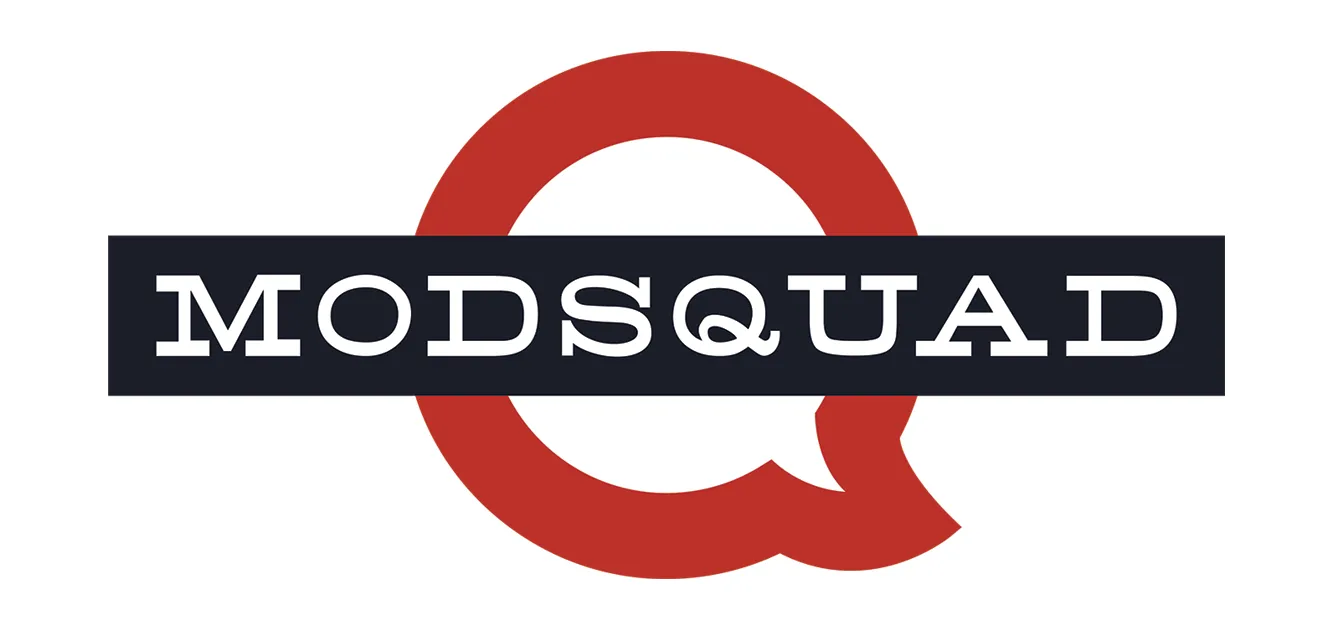
When It Comes To Branding, Show, Don’t Tell
By Sanya Weathers
Beginning writers are told to show instead of tell. As with most things, this is more complicated than it looks, but broadly speaking, it means that you should avoid using subjective statements as your descriptions. Instead of telling people that Bob is funny, you should have Bob tell funny jokes.
This approach has multiple benefits. It gives you as the writer/narrator more credibility, because the proof of your words is visible. It demonstrates trust for the reader by assuming the reader can figure things out. It also creates engagement with the reader by creating a relationship. Telling the reader that Bob is funny creates a passive, one way relationship. The writer hands over a bit of data that the reader has to accept without interpretation. Making Bob a funny character allows the reader to bring his own experiences and his own sense of humor to the table.
Think about show vs. tell when you put together your mission statements and branding. You want to inform and communicate, and if any part of your business model could benefit by forming a relationship with customers, grab this chance to trust and engage the reader. If you’re tempted to put in a word that would require an opinion, cut it. In addition:
– Don’t brag too much. Twitter’s brand statement is proof that a great product can have any statement it wants. Unless you are positive that you are going to own whatever market you’re entering, avoid “without a doubt.” Saying that practically begs people to have doubts. Another one for new companies to skip is “best.” Let the customer decide if you’re the best. Besides, how would you react if a potential employee walked into your office and said “I’m the best”? Unless that person has a long track record and you know all about it, you’d probably laugh. You want the customer to “hire” you. Don’t make people laugh (at you) when you’re trying to convince them to hire you.
– Keep it short. This is your elevator pitch. Imagine getting onto an elevator in the lobby of a hotel along with another person. You press the button for the fifth floor, and the other guy presses the button for the fourth floor. Your new friend says, “So what do you do?” You want to be so interesting that he wants to ride up to five with you. If your brand statement is a paragraph, you did it wrong.
– Be specific – know who your ideal customer is and aim for that person. You can always make your statement more general once you’re established. When you’re starting out, decide what kind of customer you’re going for – age, gender, educational level, amount of free time, profession, whatever – and set your language to appeal to that customer. And know your product. Is it a tool? An experience? Something that will give the customer an advantage? Use words that emphasize your primary purpose.
Make the statement clear and interesting, let the customer’s own experiences fill in the blanks, and you’ll create the beginnings of a beautiful relationship.

